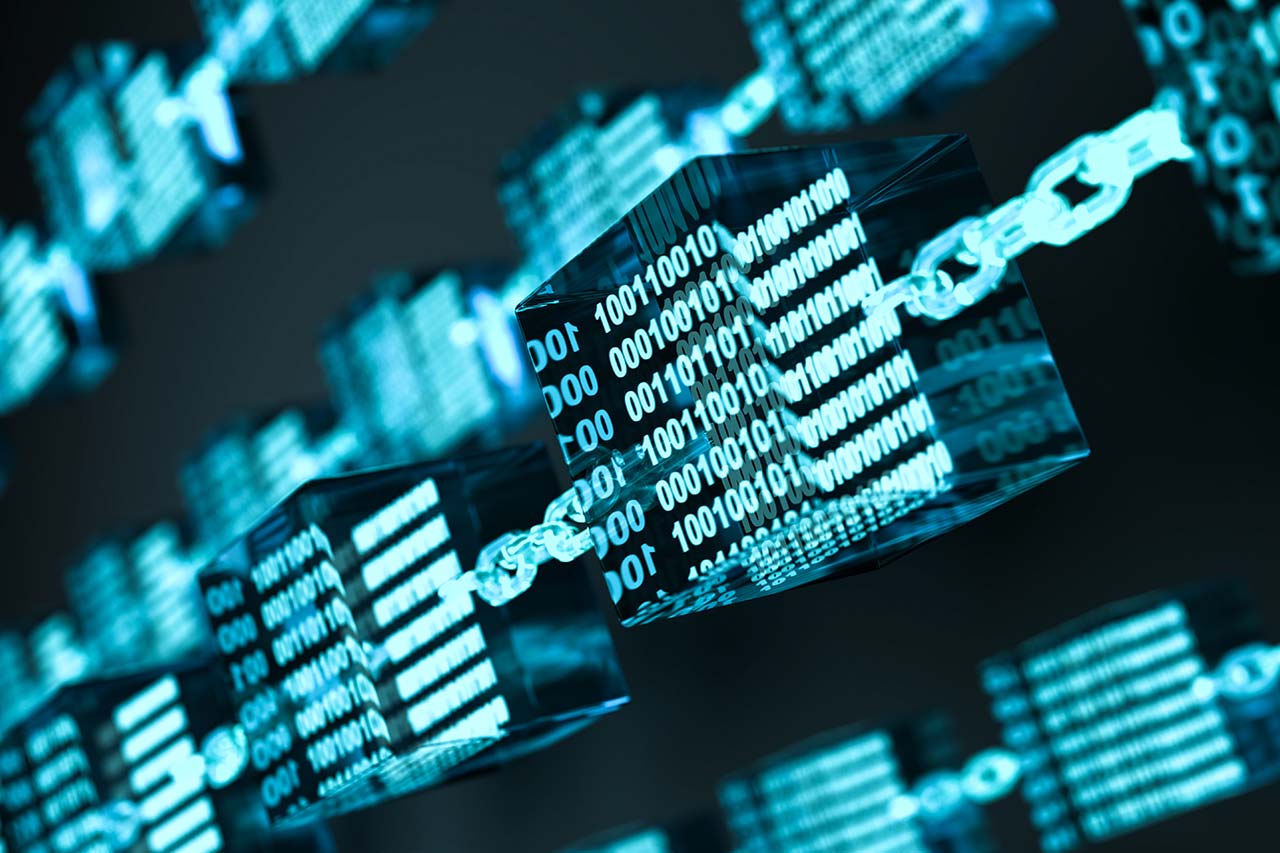1. Using blockchain in Healthcare to get rid of medication package insert and reduce the number of drugs recalls
Around 13% of recalls in the pharma industry come from issues related to the medication package insert, the paper leaflet containing technical information about the content of each box.
To tackle this issue, a group of health organizations including relevant pharma players teamed up to develop electronical medical leaflets that would replace in the future their paper counterparts.
The project, called PharmaLedger, intends to create a secure communication channel between different stakeholders, i.e., patients, hospitals, doctors, industry, and health authorities, that guarantees the accuracy of medical information and the confidentiality of patients’ data. The blockchain technology could make this possible as it assigns permanent sequence of records to the data blocks containing the medical information in the leaflets.
Learn more about the integration of Blockchain in industries >
2. Using blockchain in Healthcare to fight against counterfeit drugs and falsified vaccine certificates
For the WHO, one out of 10 drugs sold worldwide is counterfeit, this is specially a big concern in regions where access to medicine is limited and counterfeit alternatives are part of the landscape, negatively impacting business models, health policies, and patients’ safety.
Counterfeit practices can also impact health certificates, such as vaccines (e.g., covid-19, yellow fever, etc.), which represents a risk for public health policies to contain easily transmissible diseases. Here as well, blockchain technology offers new opportunities to curb counterfeiting attempts because each medication or health certificate produced would be linked to a unique signature that can be verified by multiple computers in the network. Applications in this realm already exist, such as the BruinChain.
How would this work against counterfeits? Let’s remember the two main features of blockchain. How data is stored and verified. Data is stored chronologically in blocks of information to form a continuous sequence, the “chain of blocks”, this means that editing data is not done by rewriting the block, instead, any change is saved in a new block of information, showing the type of change and precise timestamp. Information in the blockchain is verified by a decentralized network, meaning that various computers must verify any new block entering the sequence. This process includes a few steps:
- A cryptographic puzzle must be solved to create the block.
- The computer that solves the puzzle, shares the solution to all the computers in the network, this is called proof-of-work.
- The network verifies the proof-of-work and if correct the block will be added to the chain.
How would this blockchain process look like in the supply chain of a medicine?
- Each batch of a medicine produced by a manufactured contains a unique block of information such as: type of medicine, where was it manufactured, when was it dispatched, etc.
- At every stage of the distribution, stakeholder would be able to verify exactly all the information related to the batch and flag any issue, e.g., information not registered in the block.
- Once the medicine reaches its destination, pharmacies and hospitals could verify if the batch successfully passed all the stages by checking the ledger (this can be done even with a QR code).
3. Using blockchain to unlock the power of medical health records
The current way in which health records are kept has 4 main challenges that limit healthcare services and outcomes.
Difficult system integration and limited data sharing options
Healthcare providers manage patients’ health records using a variety of systems that not always offer a streamline integration solution. Additionally, patients’ information is scattered among different servers (i.e., from different doctors) and data sharing among relevant stakeholders is obstructed, preventing patients to properly communicate their medical history and doctors to make medical decisions with a big picture in mind. This structural design makes it difficult to timely access relevant information.
Read also: Health data: which models for tomorrow (in French) – Alcimed position paper
Limited options for trends’ analysis
Consequently, identification and analysis of trends depends on time intensive data-mining processes that can be neglected in resource-restricted countries, limiting the capacity of health authorities to properly design public policy and of companies to provide adequate health services.
Lack of patient’s control of their data
Within this structure, a fourth challenge emerge, as patients have limited control on their own medical data as it usually lies in practitioners’ or insurance’s servers.
Fragile centralized networks
Finally, patients’ health data is kept in centralized private or cloud-based servers which are vulnerable to cyber-attacks as recent experiences in Ireland the US, and Singapore
Blockchain approach to these challenges in Healthcare
A way to tackle these challenges is smart contracts built on permissioned blockchain. Smart contracts are programs whose code is designed to facilitate, check, and enforce rules that two or more parties agree on. Health providers using smart contracts can define rules and protocols to grant information access to individuals from other organizations, these rules may include the role of the stakeholder and its relationship with the patient (e.g., treating doctor, insurance provider, laboratory, etc.). Features such as editing or reading permission can be customized in the protocols too.
As we discussed in previous paragraphs, a key aspect of the blockchain technology is the reliability of the data stored, as it is constantly verified (i.e., medical information could be only added by a validated node of the network), this would increase the quality of the data to be analyzed.
An additional contribution from the blockchain technology is its secure way of storing data, both preventing fraudulent editing and encouraging patients and institutions to share their data. For patients, further incentives for anonymous data sharing could include gaining tokens for sharing information, reduced insurance fees, or faster appointments.
The digital revolution in healthcare is already happening and it is changing the way in which health authorities, medical institutions, insurances, and patients interact. Blockchain and its applications in Healthcare are a fundamental part of this revolution and we at Alcimed are here to help you unlock its potential to your business. Want to learn more about blockchain applications in healthcare, check out our other article on blockchain in clinical trials! Want to know how blockchain could help you innovate in your activities? Check our experience in blockchain.
About the author,
Federico, Consultant in the Alcimed’s Healthcare team in Germany



